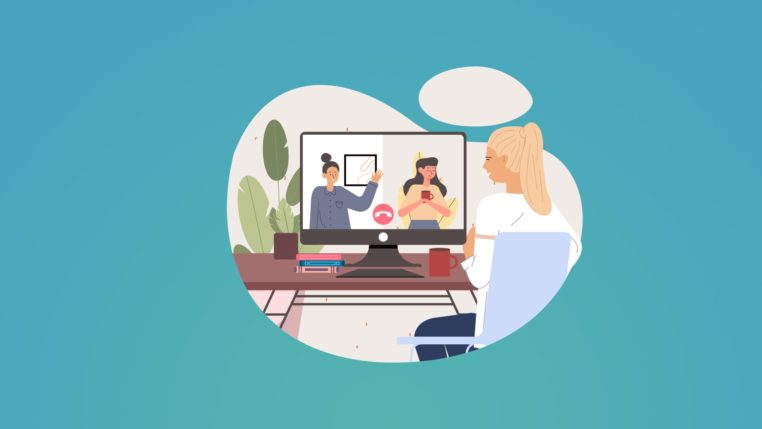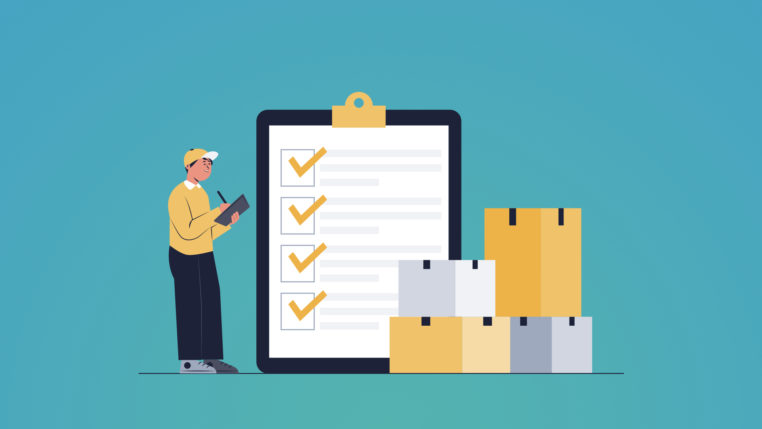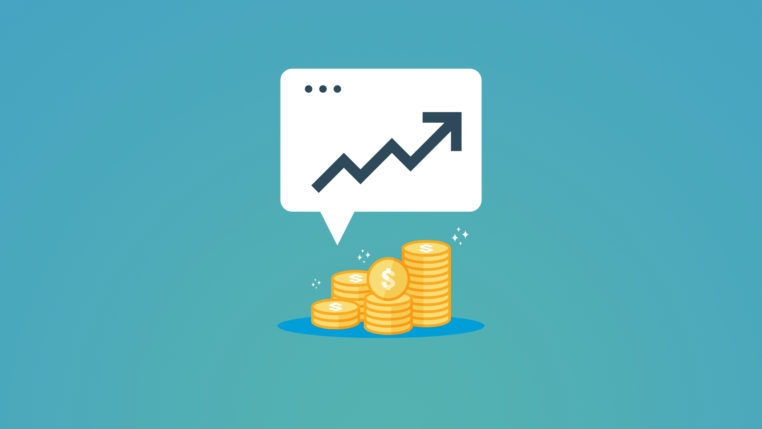How to host an unforgettable virtual tasting event?

Table of Contents
Everyone is talking about it. Hosting virtual tasting events is fun when everything goes smoothly. Who doesn’t love to drink a good glass of wine during work hours or indulge in some delicious Belgium chocolate?
While it’s a remarkable experience for the audience, virtual tasting events can be quite a headache for marketers who are responsible for smooth operations. Things might go wrong with shipping or you will receive important last-minute registrations pushed through by your sales team.
Since the pandemic, I’ve hosted loads of virtual tasting events and I’m here to share exactly how you can host an unforgettable virtual tasting event. They are really fun, and you get to participate as well!
What is a virtual tasting event?
A virtual tasting event is an event in which a group of people participates to taste various culinary foods or drinks. These sessions are led by an expert such as a sommelier who enlightens the audience with background information about the product.
In B2B, these events are great for building relationships with your (prospective) customers. Virtual wine tasting events work especially well since everyone loosens up a little bit, haha!
Considering that virtual event fatigue is kicking in, virtual tasting events are a great way to offer your audience something different. People are craving a bit of informal social interaction.
8 steps to hosting successful virtual tasting events
Hosting a successful virtual tasting event involves a lot of operational steps. In this article, I will highlight 8 steps that deserve extra attention and which are crucial to success.
1. Select the right virtual event platform
Virtual tasting events can facilitate as many people as you want. However, as you want to keep things personal and interactive, I’d advise you to host up to 20 people. If you exceed that threshold then people will still have a great experience but you might not meet your business goals of hosting that event in the first place.
If your company has invested in a virtual event platform then you’re in good luck. A virtual event platform will ensure that you have access to the right reporting and the tools to streamline a virtual event.
As they are purpose-built for virtual events, they will contain features to make things a little more interactive.
In this article, I’ve reviewed some of the major virtual event platforms.
In case you don’t have a virtual event platform, video conferencing tools such as Zoom or Microsoft Teams work well too.
In case you’re wondering about the main differences between virtual event platforms and tools such as Zoom, take a look at this detailed comparison.
2. Select the right tasting experience for your audience
If you’re hosting a virtual tasting event for a group of pregnant ladies, perhaps it’s not the best idea to select a wine tasting event.
There are many nuances that you have to consider when selecting the right tasting experience for your audience.
You can consider various virtual tasting experiences such as:
- Wine or champagne tasting;
- Chocolate tasting;
- Fine dining;
- Cheese tasting;
- Beer or Whiskey tasting.
Be creative but take your audience into consideration. The goal is to have a compelling experience that triggers your audience to sign up for the activity.
After deciding the activity, also make sure to select the right expert. You want someone who is very enthusiastic about the product, has a lot of knowledge and is a good presenter.
The combination of the tasting experience and the expert will make or break your event.
3. Collect address details in the registration form
This is always a complicated decision to make. We all know that adding additional fields to a sign-up form will reduce the conversion rate.
So you really have two options:
- Include the address field in the sign-up form;
- Collect the address details after the sign-up.
I’ve experimented with both options and after much hassle, I’ve found that it’s easier to collect the address details at sign-up.
We dealt with the expected decrease in the sign-up conversion rate by improving our message in the invitation process. Our tasting events are very selective and most of the invitations are done through personal relationships.
Most people don’t like to leave their personal addresses in the hands of companies, so we wrote a note that we will only use their address information to ship the products to their homes. After the event, we promised to delete their address details.
4. Set a registration deadline
It’s pivotal to clearly communicate the registration deadline to all stakeholders who are involved in the invitation process.
Not only is it important to set a deadline, but also clearly explain why. This will allow people to understand you and it will improve collaboration.
The reason why you need to have a clear registration deadline is because of the need to take into consideration shipping times.
Depending on where you live it can take a few working days or even a week for your products to arrive at the homes of the audience.
This is something that you clearly have to communicate to all your stakeholders so that they know that you are not just being annoying, but that you need enough lead time for all the products to arrive at your audience well before the event.
As an event organizer, you do need to take into consideration that sometimes there are late registrations so you need to have a process in place to handle late registrations. If important prospects sign up for your virtual tasting event then you want to make sure that they can participate in the event.
I usually set the registration deadline 2 weeks before the event date.

5. Leave enough time for shipping
Trust me, even if you prepare everything optimally, things will go wrong with shipping the products to your audience. Sometimes things will get stuck at customs, sometimes the chocolate will melt during hot summer days.
You need to make arrangements with your tasting vendor that will ship the products. These vendors will have experience with this and understand the expectations shipment times to guarantee that everyone will have received their tasting products.
This will depend on the country and on the product. Talk to your tasting vendor to understand the ideal lead times and use this for input for your registration deadline.
6. Set goals and create a dashboard for reporting
With your virtual tasting event, you’re looking to add value to your company in a certain way. This can be relationship building with existing customers or opening the doors to new prospects.
Before setting up the tasting event, clearly agree with all stakeholders on the desired outcomes of the activity.
Here are some typical virtual event KPIs that people often use to determine event success.
Once you understand the success metrics of the virtual tasting event, go ahead and create a dashboard before the event. Here is a guide on how to build a dashboard.
Share this dashboard with your stakeholders and use it to analyze if you’ve met your event goals. It’s crucial to create the dashboard before the event so that you are not wasting any time post-event. After all, you need to enable your sales team so that they can follow up as soon as possible.
7. Develop an engaging agenda
Depending on the goals of your virtual tasting event, you need to develop an engaging agenda. If your event is for decision-makers, perhaps invite a thought leader or an industry expert from which they can learn.
You need to make clear agreements with your tasting experience expert on the agenda to ensure everyone knows what to do and when.
Be respectful of everyone’s time and make sure to appoint a timekeeper. The ideal duration of a virtual tasting event is about 60 minutes. Any longer than that, and it will be more difficult for people to find time in their agenda.
If the virtual tasting experience isn’t the only thing on the agenda, then I recommend opening with for example a keynote in the form of a TED talk. After 15 minutes, host the tasting experience for another 15 minutes.
After the tasting experience, you will have room for another TED talk and then finalize with another portion of the tasting experience.
However, with tasting experiences, it is usually best to keep things very informal and limit the number of presentations. The key to success here is networking. These types of events are perfect for building relationships. If you host presentations then you will kill the networking part of the event which is counterproductive.
8. Create room for interaction
Building onto my previous point, the key to success when it comes to hosting virtual tasting events is networking.
People will let their guards down during these types of events and your sales team has to use this moment to build relationships.
I know it’s tempting to create slides and ask people to present. My challenge for you is to host a virtual event tasting session without any slides. Add value through networking and maybe consider hiring a professional moderator for your event.
Share this article



